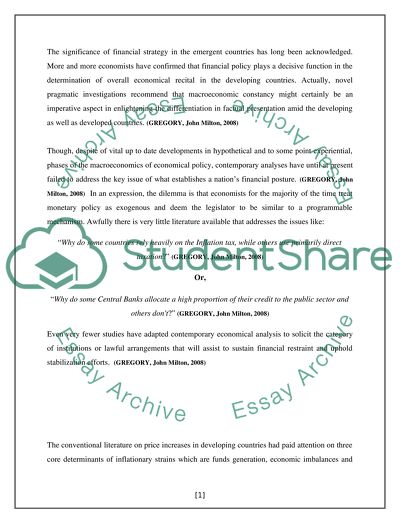Cite this document
(“Financial Strategy in the Emergent Countries Essay”, n.d.)
Retrieved from https://studentshare.org/politics/1519468-financial-strategy-in-the-emergent-countries
Retrieved from https://studentshare.org/politics/1519468-financial-strategy-in-the-emergent-countries
(Financial Strategy in the Emergent Countries Essay)
https://studentshare.org/politics/1519468-financial-strategy-in-the-emergent-countries.
https://studentshare.org/politics/1519468-financial-strategy-in-the-emergent-countries.
“Financial Strategy in the Emergent Countries Essay”, n.d. https://studentshare.org/politics/1519468-financial-strategy-in-the-emergent-countries.


